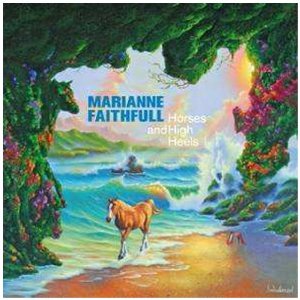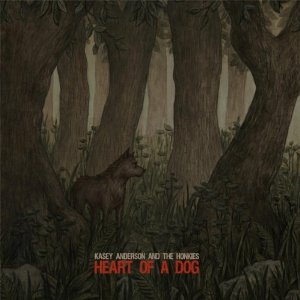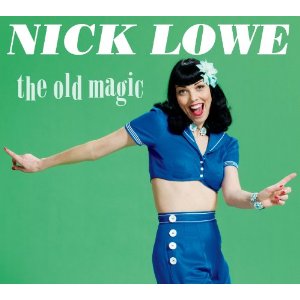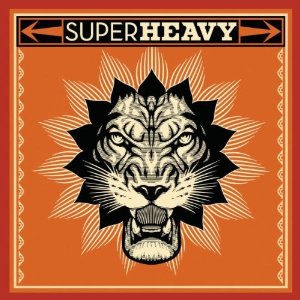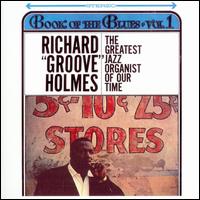Artist: Various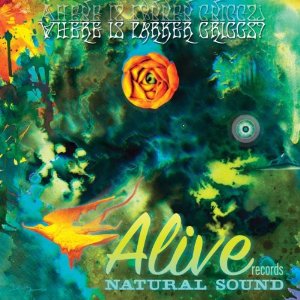
Title: Where Is Parker Griggs?
Label: Alive Records 01271
Released: January 9th, 2012
To answer the question, Parker Griggs is on tracks one and four on this label compilation. Griggs is a member of the two-piece power trio, Radio Moscow with bassist Zack Anderson. They hire a drummer for tours, otherwise, Griggs takes on the kit in the studio., along with lead vocals and guitar. “Open Your Eyes” soars in a land that’s part Hendrix, part Blue Cheer, where the words “too loud” do not exist. It is taken from their 2011 release, The Great Escape of Leslie Magnafuzz. Their other offering, the previously unreleased, “The Stranger” Griggs restrains himself in an acoustic boogie with occasional blasts of Zeppelin.
The only other previously released tracks on Where Is Parker Griggs are Brian Olive’s “Backsliding Soul” (which coincidently made my 2011 favorites play list), The Garden’s “Maze Time” and the White Noise Band’s “There Is No Tomorrow.” But, if you wait long enough, the cut by Lee Bains III and the Glory Fires, “Everything You Took” will be available on their Alive Records debut, which will be released in April of 2012.
The Alive website coined the term “psyouthern soul” to describe the Bains Band. I’m interpreting it as soulful southern-rock with psychedelic overtones. Whether my attempt at definition is correct or not, Alive Records does have an aural imprint. When you purchase an Alive release, you’re getting a nice slab of rock, with touches of blues, 60’s garage and psychedelic dust. Label identities are few and far between in this era of the music business. With the single-mindedness of downloads and coupled by the loss of the tangible good, not only does Alive Records create a sound, you can still get the music on vinyl. They’ve been ingenious in the promotions department, marketing the records on limited edition colored vinyl, setting their sites on the pocketbooks of music geeks like me. This compilation was limited to 200, pressed on clear orange vinyl. But if you just want to load up your iPod, the download comes with two extra tracks. So really, both customers, the hard copy nuts and the others who stepped into the new millennium both get rewarded.
From their vaults, a previously unreleased track from the Black Diamond Heavies, “Easy Money,” was unlocked. The track is reminiscent of Heart Attack and Vine era Tom Waits. James Legg pushes his keyboards through high levels of distortion while his voice lays a bed of gravel. The result is a cement mixer playing the blues.
Scott Morgan from the legendary Ann Arbor band, the Rationals, teams up with Henry’s Funeral Shoe on “Gimmie Back My Morphine.” Done in an early-seventies blues-rock idiom, “Morphine” is injected with two more Michigonians; Jim Diamond of the Dirtbombs and the Witches fame, and blues man Harmonica Shah. It’s a multi-generational salute to the Michigan music scene. I haven’t heard this song in twenty-four hours and now I’m experiencing insomnia, high blood pressure and tachycardia as well as involuntary leg movements.
The Buffalo Killers tracks, “Love Is Gold” and “Oh My Word” sound like Buffalo Springfield reunited during Neil Young’s Rust Never Sleeps days. Hacienda, the band that never seems to stop touring, contributes two tracks, “Love Me More” and the cover of “Look At That Girl.”
After hearing the Hacienda’s first release, Loud Is The Night, I embraced this band. I bought it on the strength of the Black Keys’ Dan Auerbach saying, they sounded like “…Mexican-Americans obsessed with the Beach Boys.” Their follow-up release, Big Red & Barbacoa was even better. Coincidently, they go and cover an oldie that’s been on my recent radar.
Hacienda’s credits “Look At That Girl” to “Otis Redding Sony/ATV Songs, Trio Music Co.” I’m familiar with the song from it appearing on the posthumously released Love Man by Otis Redding. On Love Man, the song is credited to R. Stewart & E. Morris. It didn’t sound like typical Otis Redding soul. When I tried to backtrack to find who did the original, the songwriting credits led me to the Fiestas (of “So Fine” fame). It was not the song Otis covered.
One day while doing a little research on the band, The McCoys (“Hang On Sloopy,” “Fever”) I saw that they covered a song called “I Got To Go Back (And Watch That Little Girl Dance.” I found a forty-five of it, looked at the credits and it read “Berns/Barry,” which is Bert Berns and I’m presuming Jeff Barry. The rhythm, that of the Isley’s version of “Twist & Shout,” is signature Bert Berns. Plus, the McCoys recorded for Bang records, which was Bert Berns’ label. Case solved.
It’s just one of those strange coincidences that an old song that has been recently in your scope, shows up covered by one of your new favorite bands. Enough now with the history lesson, Alive Records is now. While many label compilations are similar to TV clip-shows – just a bunch of highlights from the past – Where Is Parker Griggs promotes itself with primarily tracks you won’t find anywhere else, but it also is a great survey of what Alive Record has to offer, to music geeks and the to rest of you with discerning taste.
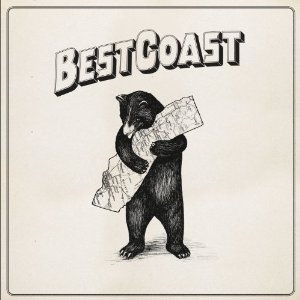




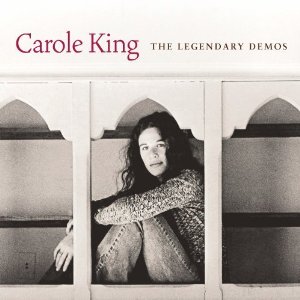

 Railroad
Railroad